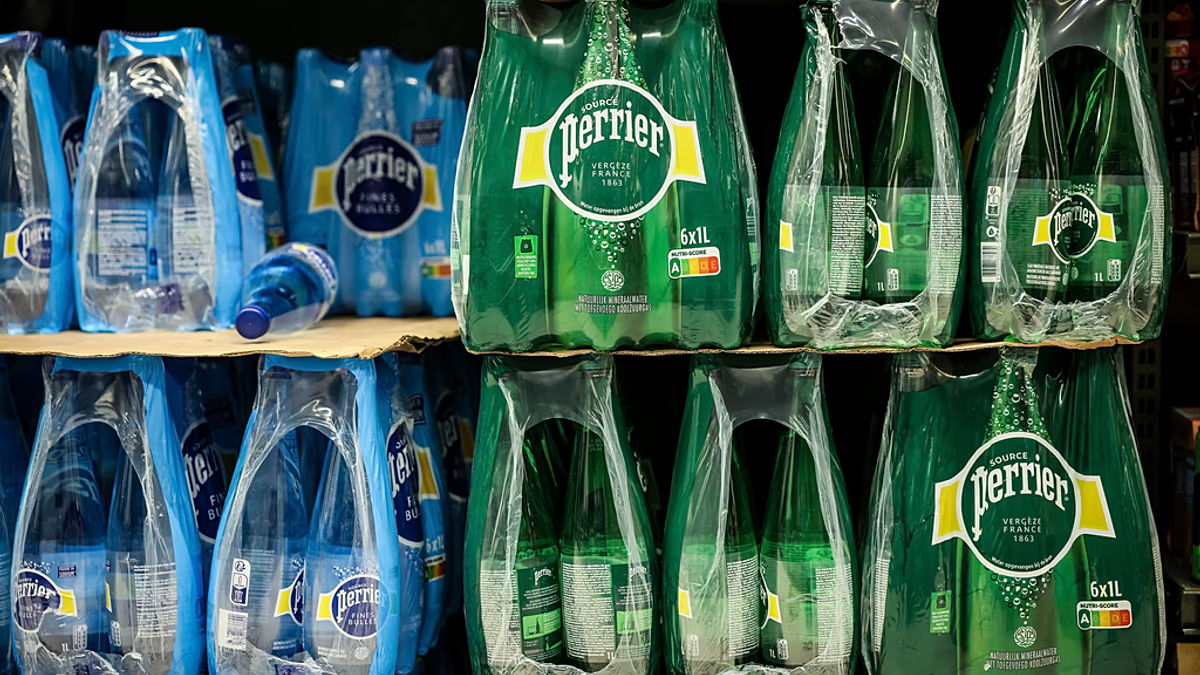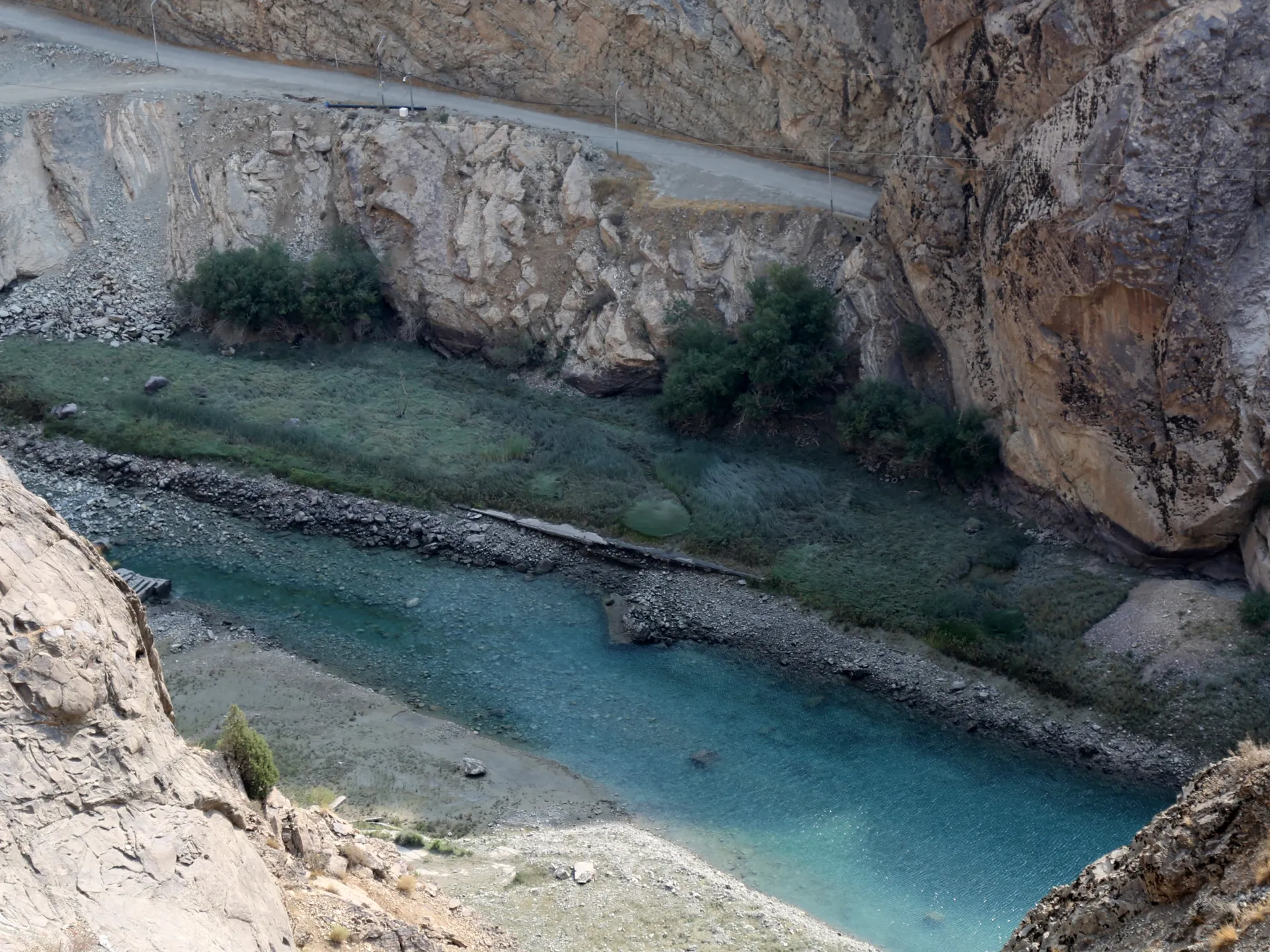The resort in Turkey’s Antalya region covers 639,000 square meters and includes a royal-themed hotel with 401 rooms, a theme park right on your doorstep, and even an impressive shopping mall
All-inclusive hotels can be a convenient way to enjoy a family holiday. You don’t need to bring any spending money along, and there’s no need to cook or wash a single plate for the entire stay.
But one drawback can be a lack of things to do. Not everyone enjoys spending every day by the pool or beach, and there’s only so many games you can play with the animation team. But there’s one giant resort in Turkey where you’re almost guaranteed not to run out of activities, as you’ve got a theme park just steps away from your sun lounger.
Land of Legends is located near the city of Antalya, one of the most popular Turkish destinations for British tourists. It’s just minutes away from beautiful sandy beaches and the lively town of Kadriye. It’s possible to get a day pass for Land of Legends, but it’s best explored when staying in the hotel, as there’s just so much to see.
Theme hotel
The Kingdom Hotel has 401 rooms, which have been perfectly designed for family stays. Rooms and suites come with fun features such as TVs with 3D glasses, a PlayStation 4, and a minibar full of soft drinks, which is refilled daily. Each room also features fun, cartoon-style decor and has been designed with thoughtful details, such as rounded edges on the furniture, making it safe for little kids.
You can choose from one-bedroom rooms, interconnected rooms to give you more space and privacy, and a range of different suites. Many rooms also include either a balcony or a terrace where you can soak up some sunshine. There’s even a drying rack for your swimwear when you’re back from the waterpark.
Waterpark and theme park
You’ll likely spend a lot of time in the water if you stay at the Kingdom Hotel. You’ll have access to a range of pools, from the lively to quieter spots. At the activity pool, there’s plenty of space for the kids to splash around, while the infinity pool has warm seawater for a refreshing dip.
Guests have access to Aqua Land, which features a wave pool, rapids, a wild river, and the gigantic Magicone waterslide. Up to four people can ride the Magicone, which leads you through a giant funnel before you drop down below. These rides are open until 7pm in summer, so there’s plenty of time to enjoy them. There’s also the Anjana spa and fitness centre – complete with a sauna, steam room, Turkish bath and whirlpool – so you can relax after a long day at the park.
Of course, if you’re visiting a theme park, you’ll want to know about the rides, especially the rollercoasters. The Hyper Coaster is one of the park’s main attractions, hitting heights of 61 metres and speeds over 70mph. There’s also the Typhoon Coaster, which ends in a drop of 43-metres, straight into the water, so you’ll need to dry off afterwards.
There are also gentler rides, such as the Family Coaster. For little kids, Masha and the Bear: Land of Laughter features rides like the Zippy Zappy Coaster, which even the smallest guests can enjoy. There’s also Bear’s Fun House and kids’ shows in the circus tent.
Food and drink
Depending on who you book with, Land of Legends offers all-in or all-inclusive packages, so make sure you double-check before you confirm your booking. The former includes food, snacks, and soft drinks, but may only cover select local alcoholic drinks, and may be limited to alcohol at meal times. Not all restaurants in the park are included in these packages, so it’s worth checking.
Some popular spots for dining in the park include the Eternia restaurant, a huge buffet with dishes from around the world, and the Nyssa Bar, which is perfect for families with kids, as it has giant screens where they can play Xbox. There are also some 24-hour spots open, such as the Legends Pub.
Shopping Avenue
You won’t even need to leave the resort to buy souvenirs or pick up the essentials. Land of Legends’ Shopping Avenue features over 60 stores, including numerous clothing shops, pharmacies, fast food outlets, cafes, and toy stores. This stylish shopping area also has huge fountains, with colourful fountain shows in the evening, and Venetian-style canals, with regular boat parades. During the summer, many stores open from 10am to midnight, so you can shop at night when it’s cooler.
Find out more about Land of Legends and book a stay or day pass through their official site.
Have a story you want to share? Email us at [email protected]

































![Heavily damaged buildings are reflected in a water basin in the Sheikh Radwan neighborhood of Gaza City on October 22, 2025. [File: Omar Al-Qattaa/AFP]](https://i0.wp.com/occasionaldigest.com/wp-content/uploads/2025/11/000_79L4482-1762593853.jpg?w=640&ssl=1)
![A boy fills a plastic bottle with water inside a camp for displaced Palestinians at a school-turned-shelter in Al-Rimal neighbourhood of Gaza City on November 5, 2025. [File: Omar Al Qattaa]](https://i0.wp.com/occasionaldigest.com/wp-content/uploads/2025/11/000_834T3FC-1762594052.jpg?w=640&ssl=1)














